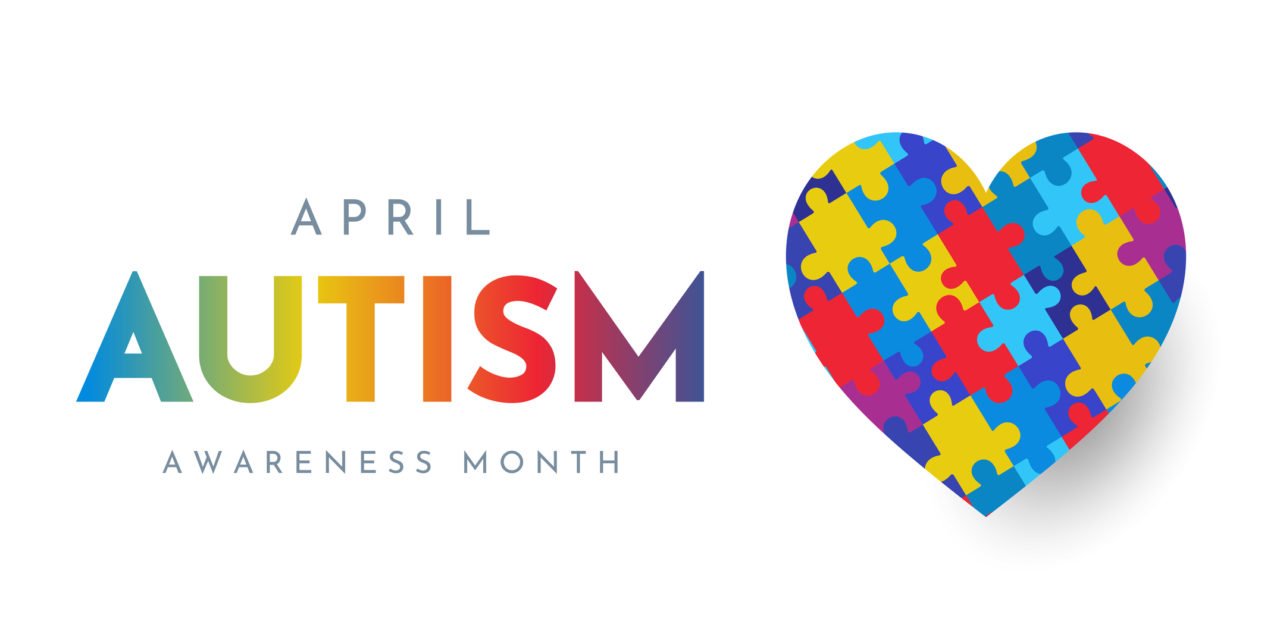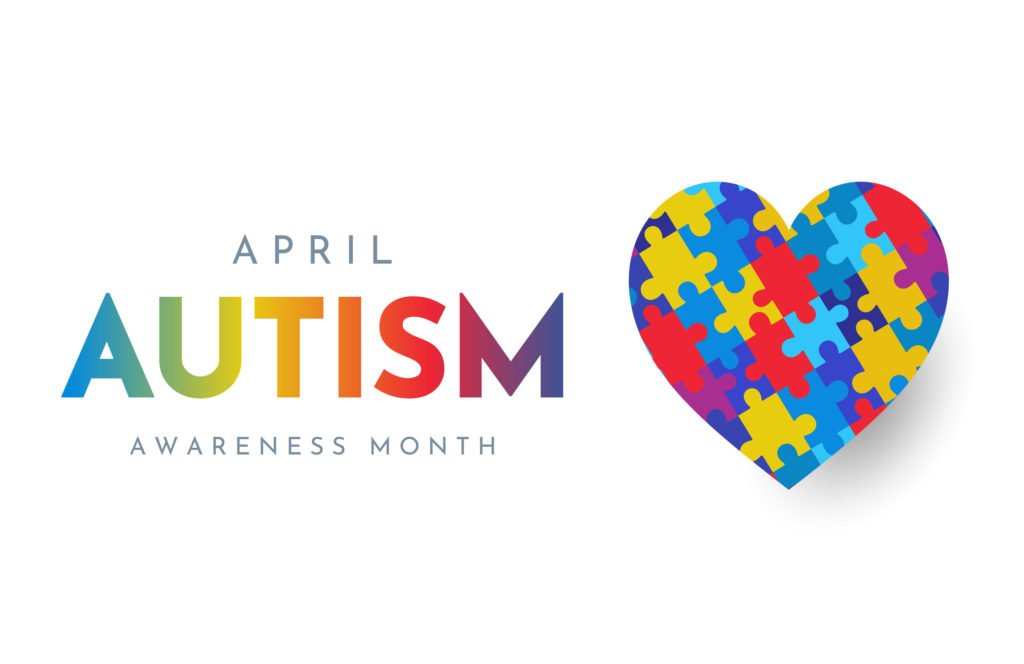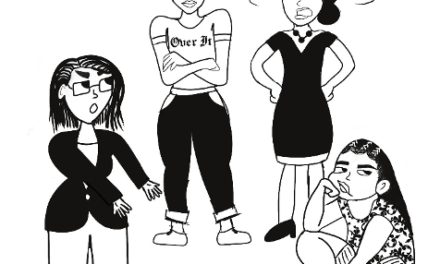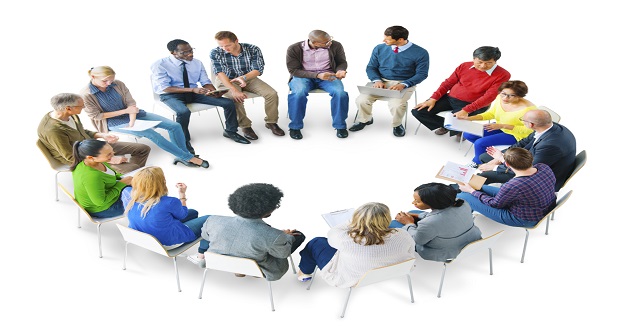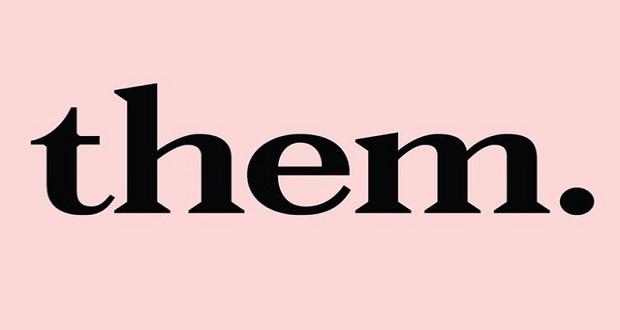April is Autism Awareness Month, and I wanted to share an experience that I hope brings awareness and promotes further understanding. People have always asked how I got into working with people with autism and specifically for the ARC Chesapeake Central Region, and I would get so excited to answer and share the story with them. I am just as excited now to write and share the story with you all with hopes of increasing the number of supports there are for individuals with developmental disabilities. There are many people in supporting roles like mine, but we need more, and that means spreading the word and sharing what it means to do what you love. This is a story about how I started meeting people with autism and the many things we have come across along the way.
While I was waitressing at Bob Evans, two women would come in every week and had become regulars of mine. They would ask for me by name and make sure that I would be there when they returned. One woman was in a wheelchair, and I got to know her and her story of cerebral palsy and autism. While she was unable to audibly tell me her story herself due to being nonvocal, her support was able to share. One day the woman supporting asked me if I ever thought of work similar to what she was doing, which was assisting through transportation, and ultimately friendship. This is what intrigued me. I was in awe of how close the two were and the amount of care that exuded from two women who were not related and had differing vocal abilities. It was a care beyond what traditional support looks like when we think of nurses or caregivers. It was as if they read each other’s minds and their differences did not matter because of mutual understanding and bond.
It is probably evident that I took into consideration the offer of being a support person, and while I was unable to directly work with the woman that would visit me in Bob Evans, I was introduced to another family that I have had the opportunity to work with and grow with since 2014. Families, such as the one I have worked with, will often receive governmental support and assistance funds for a household member that is on the autism spectrum. Those funds are allocated for contracting support or aids, either through individual contractor style or through an agency. Originally, I did not work for an agency, so I worked directly for the family and was paid through The ARC. Eventually, I began working for agencies such as Children Achieving Maximum Potential (ChAMP) to be able to find additional families. Agencies such as this will connect families with supports and vice versa while handling funds and payments for both parties. They also provided me with additional training that I had never formally received before being onboarded with an agency.
The feeling I had watching the two women in Bob Evans became part of my experience through the personal feeling of finding my own best friend. For privacy purposes, I am choosing to use a cover name of Monica to represent the woman I have worked with and whose family has become my family for over eight years. I have been able to support Monica with daily activities and tasks in the home, at work in a restaurant, at her college, and also when out in the community, shopping or getting our nails done. When out and about, I always introduce Monica as my best friend because that’s what she is, and we always have a great time. This job felt much less like work, and more enjoyment for me to be social and also help increase someone else’s social skills.
While I would love to end this article here on a good note of spreading awareness about this job, that would not do justice to the fact that this best friendship also came with many assumptions. I noticed many things while hanging out with Monica who has “high-functioning” autism, which means she may not be immediately recognized as being on the autism spectrum. As stated in WebMD, high-functioning autism is not a medical term but one “some people use when they talk about people with an autism spectrum disorder who can speak, read, write, and handle basic life skills like eating and getting dressed. They can live independently.”
I want to share a couple assumptions that are often made while we are out with each other. I am hoping that reading through these may aid in the goal of becoming more curious rather than jumping to conclusions, because this principle will apply to many situations of diversity, and not just our story.
Family Member Assumption
Two black women hanging out regularly must be sisters, right? Part of hanging out with Monica meant visiting her favorite places regularly, so many people saw us often, whether it was a nail shop, our favorite restaurant, or store in the mall. People would tell me how nice it was of me to treat my younger sister or hang out with my younger sister. While I have always considered Monica to be a sister, I always refused to nod in agreement. Instead, I share the story just as I shared with you on how lucky I am to have found someone I can be so close with. This is a two-part assumption that not only must we be sisters, but developmentally, she has to be younger than me. Monica is six years older than me.
The most problematic part of assumptions is that they are often a statement and not a question. statements such as these are demeaning, when a question of “how do you two know each other?” is much less assuming and shows interest in wanting to hear more about us, rather than telling us about ourselves.
Reactive Behavior Based on Assumptions
Part of working on social skills included helping Monica understand social norms such as the importance of personal space. Neuroscientist Daniel P. Kennedy and Dr. Ralph Adolphs of Caltech performed a study that found 79% of the children with autism being studied “were less aware of being too close and more prone to personal space invasions” than their typically developing siblings. Their second part of the study showed less percentage of difference in adults with autism, and identified that many acknowledged being taught personal space and often are just listening to “instruction” of keeping a certain distance.
As a support, I often observe Monica more than I tell her what to do or where to go. This often means allowing her to go off on her own while I hang back and may be able to still see her but won’t be attached to her hip. If I notice something such as an invasion of space, I will walk up to Monica, ask her to step back, and tell her why. This kind of hands-off support means causing others to be uncomfortable sometimes as Monica learns and adjusts, and I am honestly okay with that. My request for everyone else is to be okay with that, and to provide grace to others no matter their level of ability or background.
Remember when I said the assumptions made in these scenarios can apply to many situations of diversity? This is one of them. Whether considering someone on the autism spectrum or from a different cultural background, we must understand that personal space is a social norm that has many varying factors. This includes a different comfortability level for each person and varying interpretations of what being close to someone means versus keeping a distance. Some of us may have been raised in homes or communities where being in personal space shows adoration and familiarity, whereas other cultures show familiarity and respect through keeping their distance and keeping space between two people. This is just an example of how personal space can carry different meaning for different groups.
Whether considering someone on the autism spectrum or from a different cultural background, understand that personal space is a social norm that includes a different comfortability level for each person. Share on XI will never forget the day a woman had reacted with a rude outcry of cussing and flailing toward Monica because she was standing too close to her in a Chick-Fil-A line that was already packed. The scenario was definitely not an obvious one of “wrongdoing” from Monica’s perspective, and to be honest, from mine either. I was filled with frustration that the woman assumed Monica just decided to invade her personal space for fun rather than turning around and asking for more space, considering the entire line was full of hungry people not much further from each other. After Monica had no problem stepping back some, I made sure to let the woman know that Monica has autism, and each day we work on ensuring she is providing the proper amount space for others but that it is learning process and, in some cases, she will adhere to her surroundings. This meant if she noticed a tight line, there is a good chance she wanted to do the same to not stand out rather having been close with ill-intent. The woman did not respond and stared in silence before walking away. I also can’t assume what her day was like or her background to know how she feels about personal space, but I could tell that she did not expect my response, or for the scenario to play out how it did.
Everyone is learning every day, and the way someone navigates the world should never be ridiculed, especially when they have come such a long way from where they started. Individuals with autism work 10 times as hard to “fit in” with a number of “norms” put in place by society, because if they don’t, then they will stand out or be seen as less-than. In actuality, their perseverance should be applauded, respected, and emulated. I am truly grateful to have met those two women in Bob Evans and to have met so many talented individuals as a result, including my best friend Monica.
The way someone navigates the world should never be ridiculed, especially when they have come a long way from where they started. Individuals with autism work 10 times as hard to 'fit in' with societal 'norms.' Share on XHere are a few things I hope you take away from this article:
- Kind and caring people are needed in the industry of autism development and support. If that may be you, consider looking into The Arc and other support agencies. I can also be found on LinkedIn and happy to discuss even more options.
- Ask questions instead of making assumptions. Learning more about someone else opens up our minds to think outside of the social norm.
- Understanding diverse people and cultures means that just because someone may think different than we do or have different backgrounds doesn’t mean they are less-than. One social norm is not everyone’s norm.
- Have patience and pause in ANY public scenario. Choose curiosity before assuming ill intent.
- Be kind.

